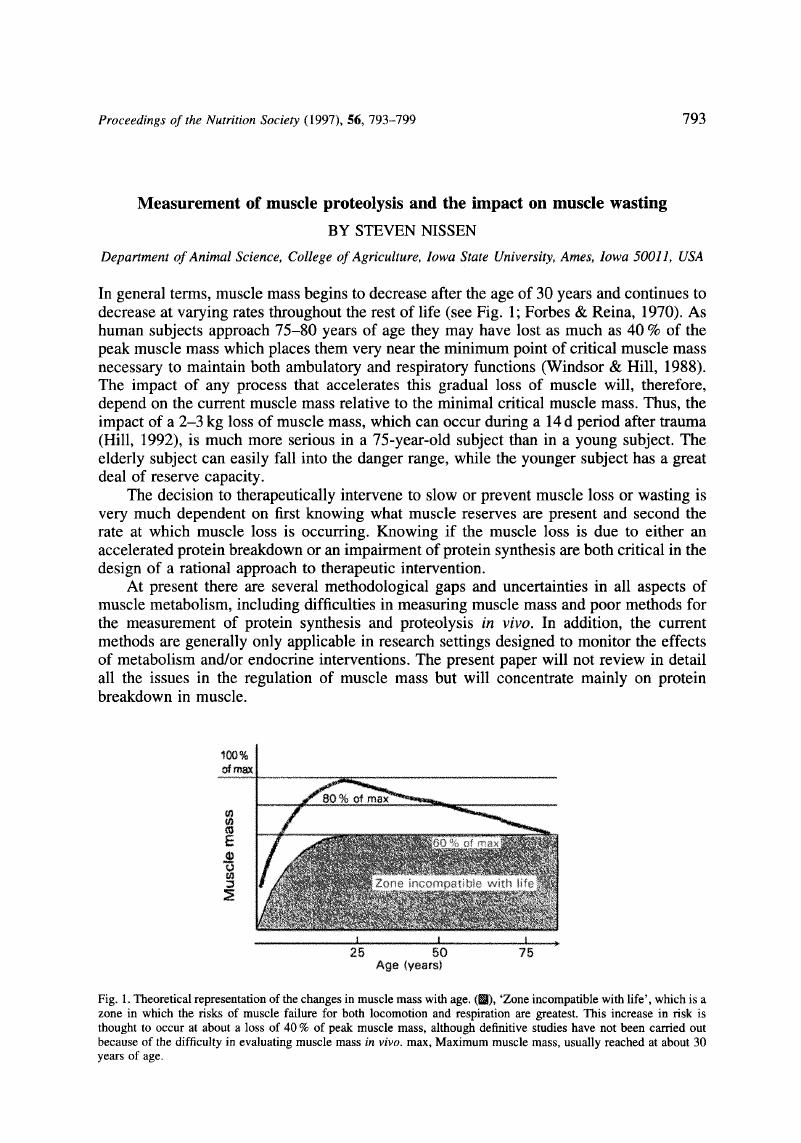Crossref Citations
This article has been cited by the following publications. This list is generated based on data provided by Crossref.
Yang, C.
Song, Y.
Li, T.
Chen, X.
Zhou, J.
Pan, Q.
Jiang, W.
Wang, M.
and
Jia, Hong
2023.
Effects of Beta-Hydroxy-Beta-Methylbutyrate Supplementation on Older Adults with Sarcopenia: A Randomized, Double-Blind, Placebo-Controlled Study.
The Journal of nutrition, health and aging,
Vol. 27,
Issue. 5,
p.
329.
Sadri, H.
Ghaffari, M.H.
and
Sauerwein, H.
2023.
Invited review: Muscle protein breakdown and its assessment in periparturient dairy cows.
Journal of Dairy Science,
Vol. 106,
Issue. 2,
p.
822.
Ziaei, Rahele
Shahdadian, Farnaz
Bagherniya, Mohammad
Karav, Sercan
and
Sahebkar, Amirhossein
2024.
Nutritional factors and physical frailty: Highlighting the role of functional nutrients in the prevention and treatment.
Ageing Research Reviews,
Vol. 101,
Issue. ,
p.
102532.



